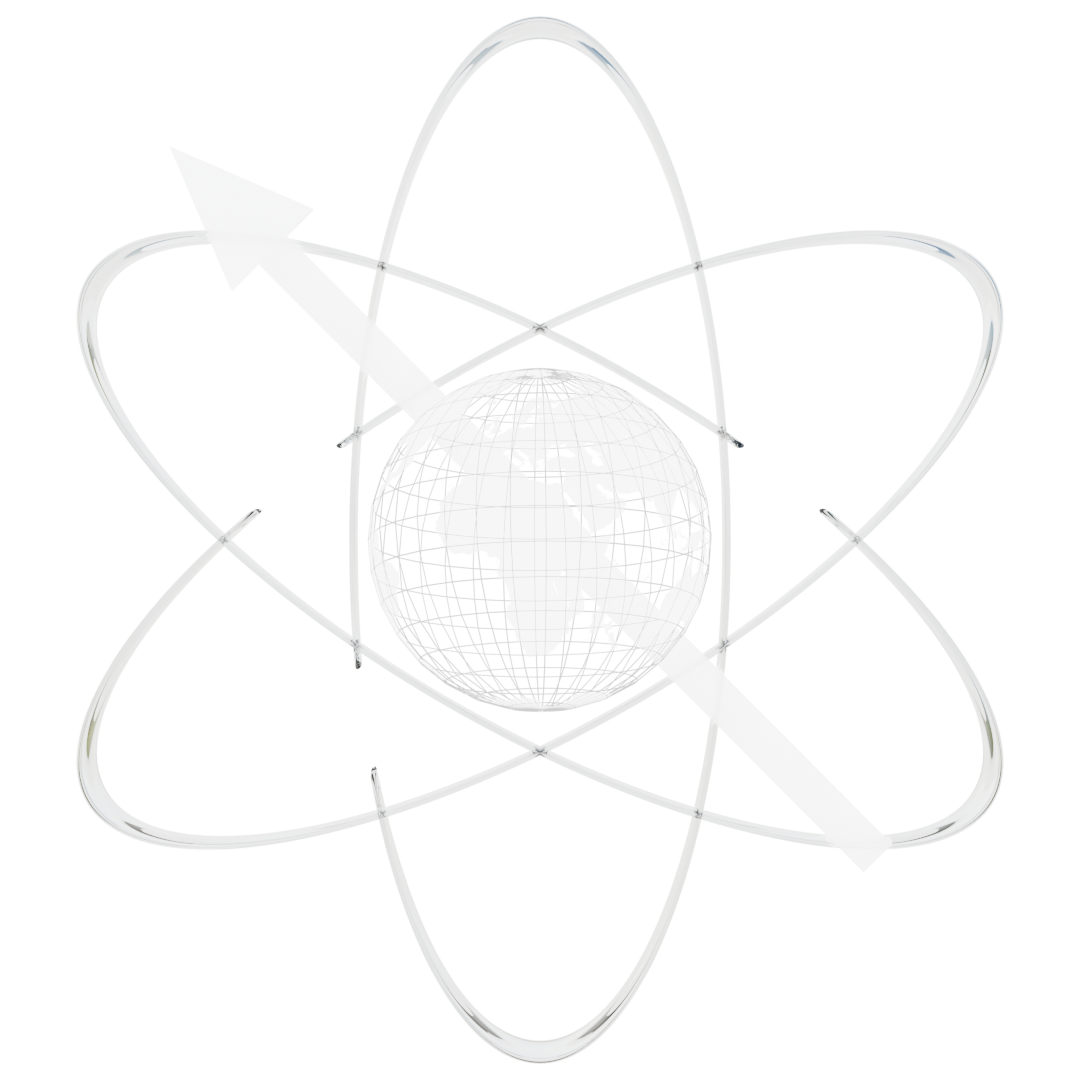Shubham Kumar Debdatta (Indian Institute of Science, Bangalore, India)
Abstract: Nitrogen-vacancy (NV) centers in diamond have become prominent platforms for dynamic nuclear polarization (DNP), offering a robust route to hyperpolarize surrounding ¹³C nuclear spins under ambient conditions. Experimental observations have revealed both microwave-assisted and microwave-independent DNP pathways, frequently rationalized in terms of level anti-crossings between coupled electronic and nuclear spin manifolds.
In this work, we construct an analytical treatment of spin polarization transfer from NV centers to proximal ¹³C nuclei, employing the density matrix formalism in conjunction with average Hamiltonian theory. Under the condition of selective excitation of a single electronic transition, we invoke a reduced Hilbert space description to derive compact expressions for spin polarization resonance conditions, effective spin Hamiltonians, and transfer efficiency as a function of external magnetic field, hyperfine interaction strength, and applied microwave fields.
The model is further generalized to incorporate NV–P1–¹³C configurations, where P1 centers—substitutional nitrogen defects with spin-½—mediate cross-relaxation pathways that enable microwave-free spin polarization transfer. This extension elucidates key dynamical features such as field-dependent polarization oscillations, resonance-enhanced transfer channels, and timescales associated with transient spin exchange processes.
This theoretical framework offers a detailed understanding of DNP mechanisms across both isolated and interacting defect configurations. The results delineate optimal regimes for maximizing nuclear spin polarization in diamond-based systems, particularly under low magnetic fields and ambient conditions, with direct implications for enhancing the sensitivity of nuclear magnetic resonance (NMR) and other hyperpolarization-enabled techniques.
-
Dear Shubham, thank you for the presentation, it is a very interesting study. If I understand correctly, the graph showing “Normalized Signal vs Time” shows the the polarization buildup on 13C. Could you comment on the factors that affect this polarization transfer? Thank you.
-
Thank you! I assume you’re referring to the NV–P1–13C cluster-based study. In this context, the transfer rate mostly depends on A_zz^Δ and A_zx^Δ, which represent the differences in secular and pseudo-secular hyperfine couplings. These differences are key factors governing the transfer rate.
In the plot, the purple plot indicates no spin polarization transfer. This occurs when the 13C nuclear spin is positioned exactly midway between the NV center and the P1 center, resulting in zero difference in both secular and pseudo-secular hyperfine couplings—hence, no transfer takes place.
Additionally, there is a dependence on θ (theta) and φ (phi), which are related to nuclear and electronic couplings. These angular dependencies reflect how spin polarization transfer is influenced by the relative positioning of the 13C nucleus—whether it’s closer to the NV or the P1 center—and by the physical distance between NV and P1. -
Nice work, Shubham.
Have you explored the simulations under MAS?
-
Thank you! I haven’t looked into the matching conditions under MAS yet.
-
Okay.
-
-
Hello Shubham, thank you for your answer. Did you try also to study clusters composed by multiple NV and P1 centres?
-
Yes, I am currently exploring cluster-based systems. At the moment, our primary focus is on the 14N nucleus (associated with the P1 center) within the NV–P1–13C spin system, examining its dynamics as a four-spin system.
-
Dear Shubham,
Nice presentation! I was wondering, while your simulations show that the optimal matching conditions are at X Band, is there any way that you’ve seen to manipulate the spin system (e.g. via couplings) such that the optimal matching condition can occur at higher field? Like basically–what about the system would have to be changed for the optimal condition to be at high field? -
Hi Raj, Thank you! I believe I may not be fully understanding your question. The matching conditions remain the same and are highly valid in the high-field regime. However, as the magnetic field strength increases, the range over which spin polarization transfer occurs becomes narrower. This is because, at higher fields, the matching condition primarily depends on the nuclear Larmor frequency, with much less influence from hyperfine couplings. This trend is also demonstrated in the presentation at 9.4 Tesla.
-
Thanks! That makes sense to me–so it would have to require tuning the nuclear larmor frequency for it to work well at high fields.
-

Leave a Reply